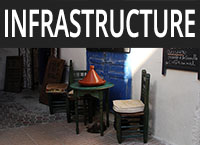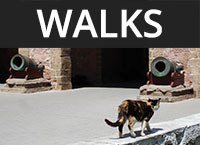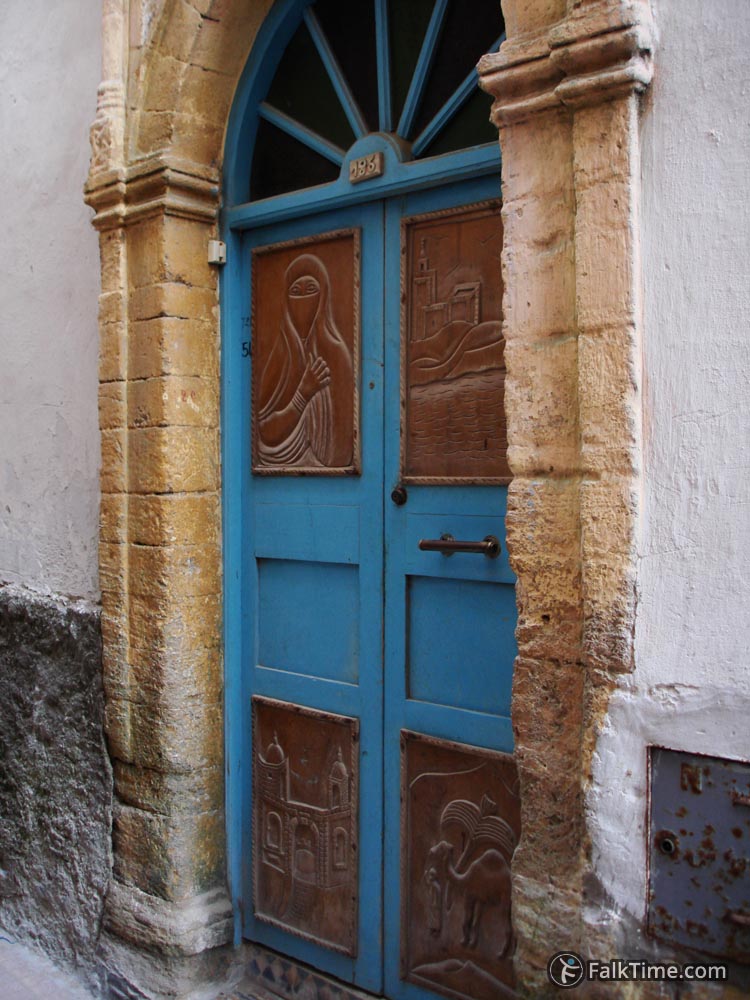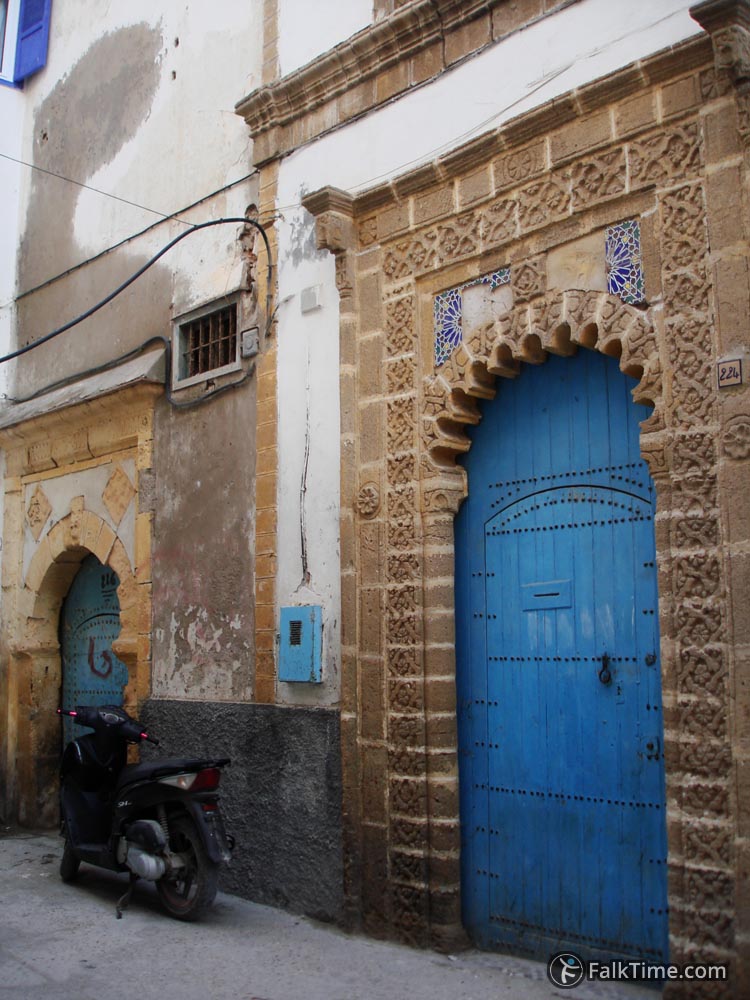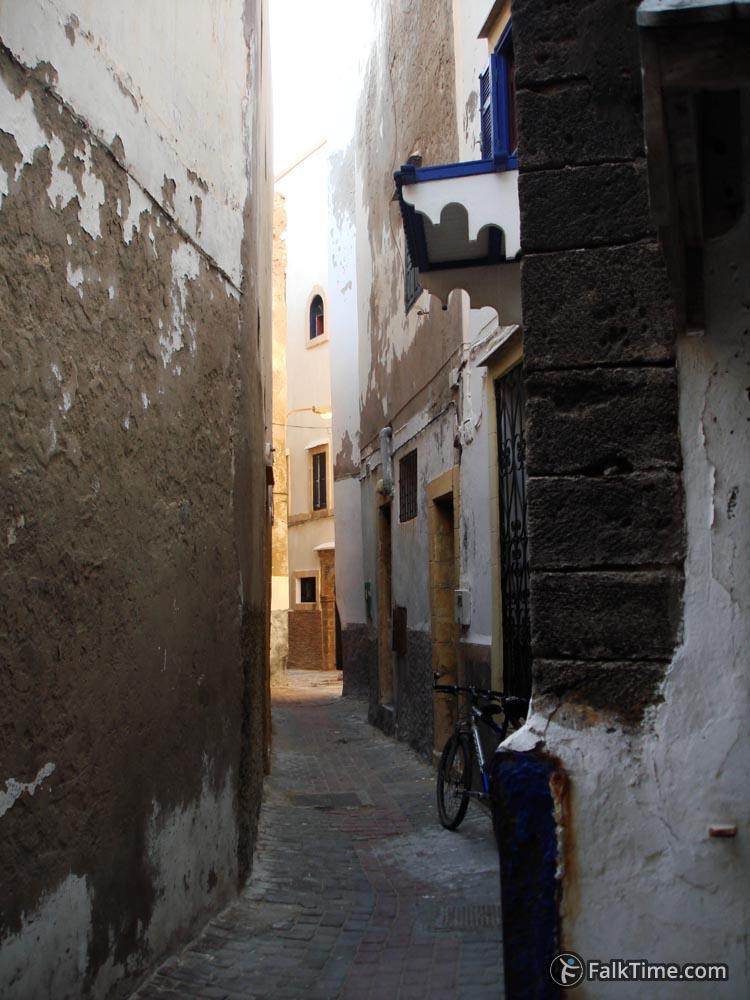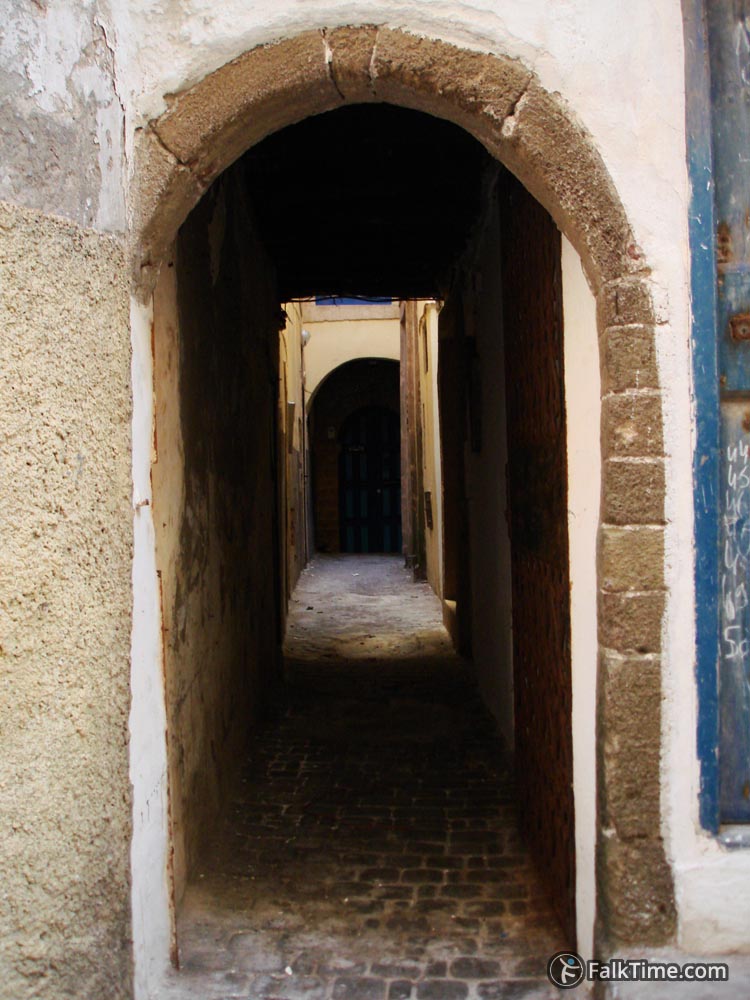Essaouira guide book:
A charming town with a small medina (comparing to Fez), dunes on the beach and military fortifications in Manuelin style. Moroccan tranquility combines here with cosmopolitan history of Essaouira. And a lot of seagulls in the sky try to «share some luck» as superstitious Russians would say.
Until the independence of Morocco the town had been named Mogador. And Berbers call it Tassort.
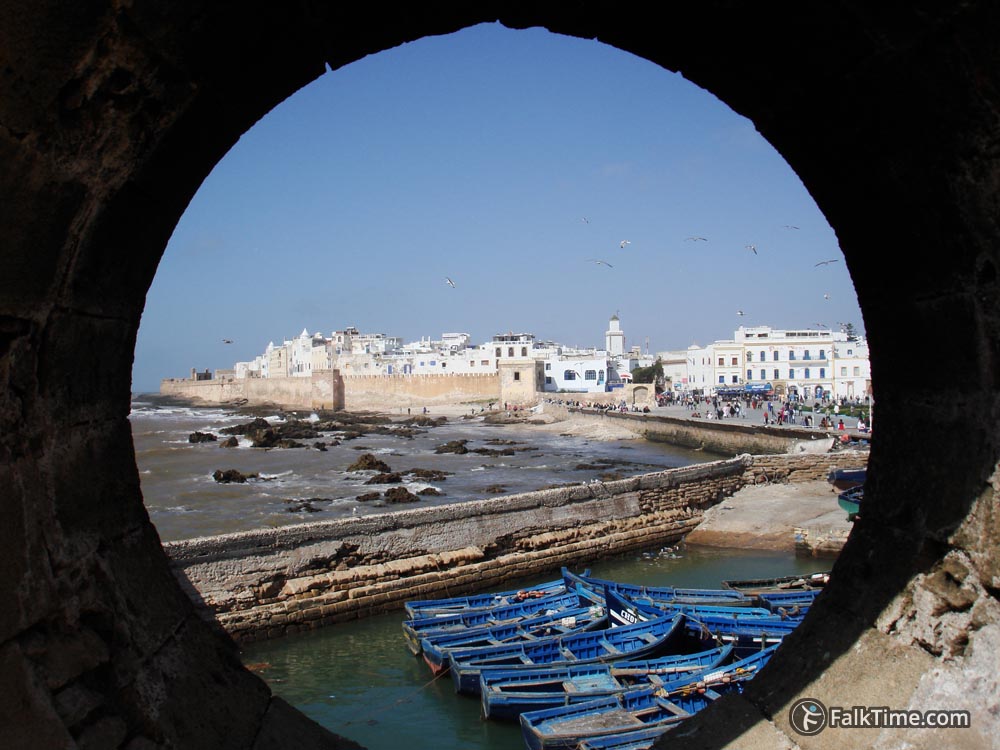
Essaouira. The origins
The port of Essaouira had been mentioned since 7 century BC. The first to mention were Phoenicians. In museum of Mohammed ben Abdallah you may see a piece of Phoenician plate of that time: 31°30’50.0″N 9°46’17.2″W (31.513881, -9.771450)
In 1 century BC Berber king Juba II established a Tyrean purple factory. Sea snails that inhabited islands of Essaouira were used to get a kind of purple-blue dye. For dyeing 1 kg of wool (~2 pullovers) one needs at least 30 000 snails. These heaps of shells indicated former presence of factory to archeologists. By the way ancient technology of natural dyeing was recreated only in 1990s (as soon as the appropriate manuscript was found in Florence).
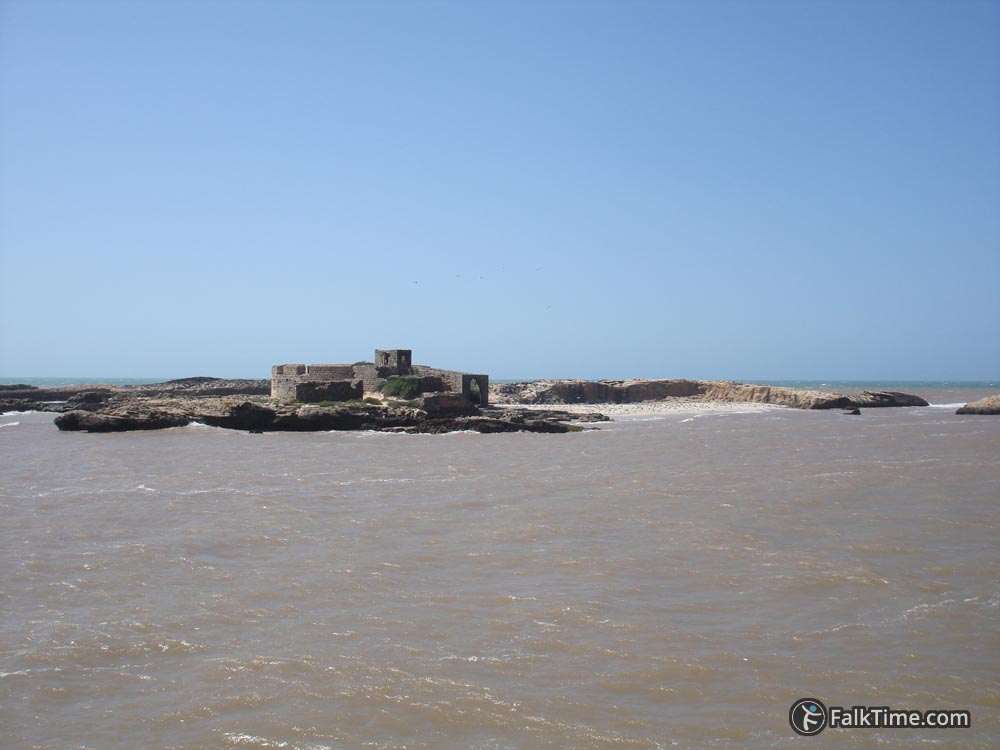
Portuguese, a vanished castle and foundation of Essaouira
In the end of 15th century AD Portuguese have seized many ports along Moroccan seashores. Among them were Safi and in 1504 – Agadir. 2 years later Portuguese king Manuel I the Fortunate ordered to build a fortress on the islands next to Mogador. So it would serve as a stop on the way from Safi to Agadir. Despite of indignation of local Arabs and Berbers Castelo Real de Mogador was built. In 1510 Berbers won back the lands and Portuguese had to relocate their military forces to Safi and to abandon the castle.
The traces of castle have disappeared in 1760s. When sultan Mohammed ben Abdallah hired French military architect Théodore Cournut. Sultan intended to build a port and a town closer to Marrakesh. M. Cournut aimed to help his nationals that were seized and taken into slavery during unsuccessful attempt to pacify Barbarian corsairs (Larache expedition). The last time the castle appeared on a map of Théodore Cournut.
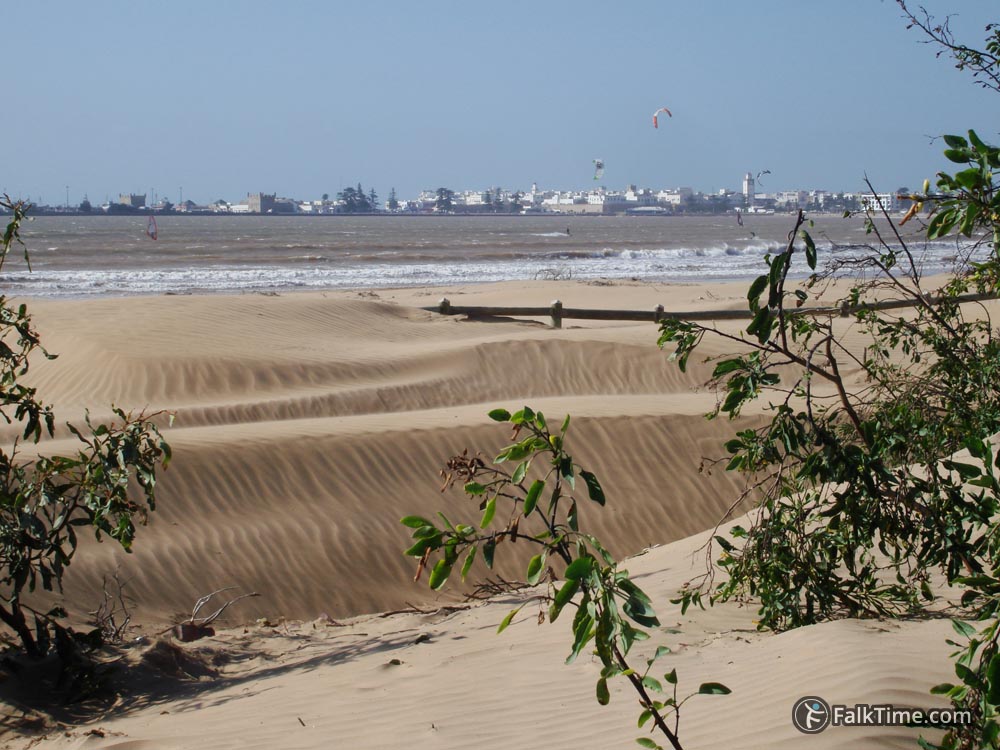
Together with imprisoned Europeans M. Cournut had designed and then partly built:
– Port fortifications. They end up at the very place the vanished Portuguese castle existed. The fact that the castle was present on a map made by Théodore Cournut means that Ahmed el Inglizi (the architect that was building the port area) and sultan have demolished it.
– Kasbah area of medina, royal quarters and buildings for Christian merchants and diplomates.
As example for some of fortifications was used Saint-Malo town in Brittany, France. All these facts are known because Théodore Cournut had brought duplicates of all plans with him when he had arrived back home. These plans are kept in national library of Paris.
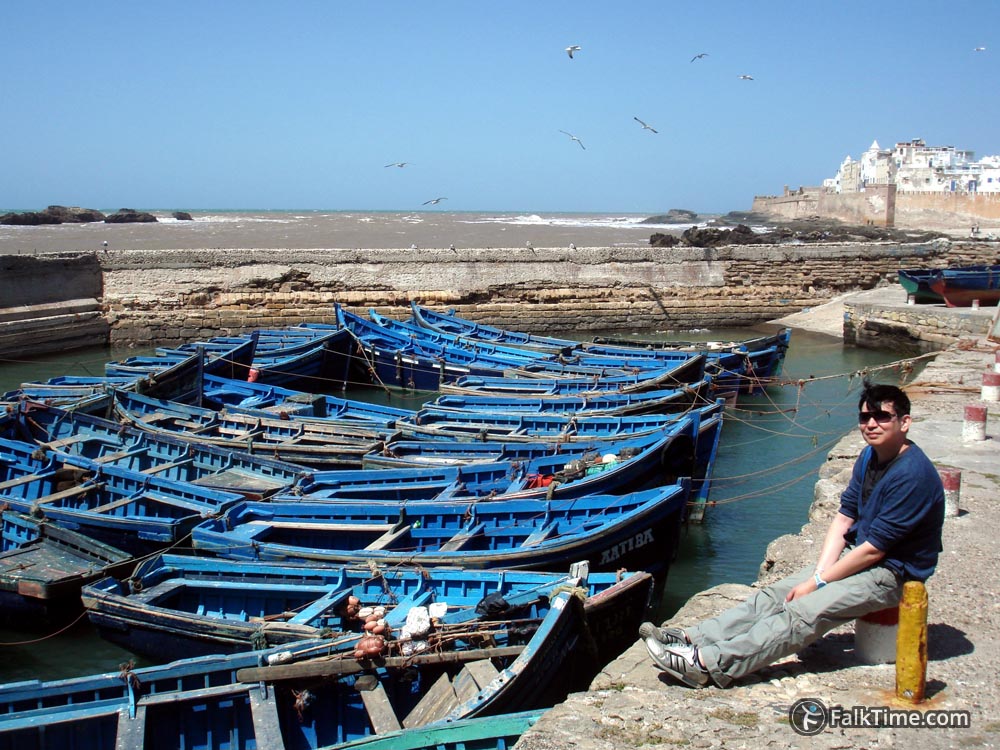
So the foundation of Essaouira dates back to 1760s. Sultan had closed the port of Agadir as it wasn’t important thereat and asked Europeans that lived in Rabat and Sale to move to Essaouira. Moroccan Jews followed Europeans as they knew that Europeans would need intermediaries. In the times of Essaouira’s flourishing ~40% of population were Jews.
In the beginning of 19th century Essaouira became the main port of Morocco. The trade volume was exceeding the volume of Rabat twice. There were established diplomatic and trade representations including 8 consulates. In 1893 French seized Timbuktu – the trade volume in Essaouira decreased as there appeared the opportunity to trade directly. In 1912, after French protectorate was established, official name of the town was changed to Mogador and the town began to serve as a naval military base.

The Doctor
I suppose that every Russian child (since 1929) knows a fairy tale about the doctor, who was very kind and easily cured everybody from all kinds of diseases. Of course, the doctor from this rhymed fairy tale was curing animals – children like animals, don’t they? But every fairy tale always has a background. I forgot to mention that there is an episode about emergency case, when the doctor was called to Africa. Now we can only guess if Essaouira’s Doctor could be the one who inspired the Russian writer.
Charles Louis Gustave Bouveret was born in France on the 28th of May 1878. The Doctor arrived to Mogador from Paris in June of 1913. Of course he was curing people, not the animals. But he helped everyone in every case.
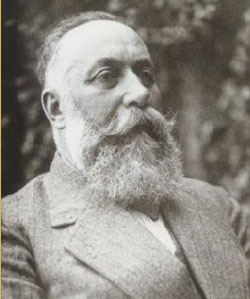
M. Bouveret had been living in Mogador for 35 years. This is the list of what he had established in Essaouira during that time:
– 2 hospitals. There was doctor’s innovation: patients were separated to Muslims, Jews and Europeans – this helped to create the most optimal conditions for curing and give people the food that they have used to.
– Tuberculosis health center.
– Health center for sailors.
– Hygiene bureau. It served also for educational purpose: the hygiene in public places could be kept under control, problems were hiding behind closed doors of private properties. The only way there was information and education.
– Not established, but helped the talent of Dr. Ben Abbes who used to be a student of Dr. Bouveret. After the independence of Morocco Dr. Ben Abbes became the minister of Health in Morocco.
– The “milk kitchen”. French: la Goutte de lait. It is a health care institution for babies that can’t be fed by mother’s milk due to lack of it. The milk kitchen, maternity ward and other steps helped to decrease infant mortality rate.
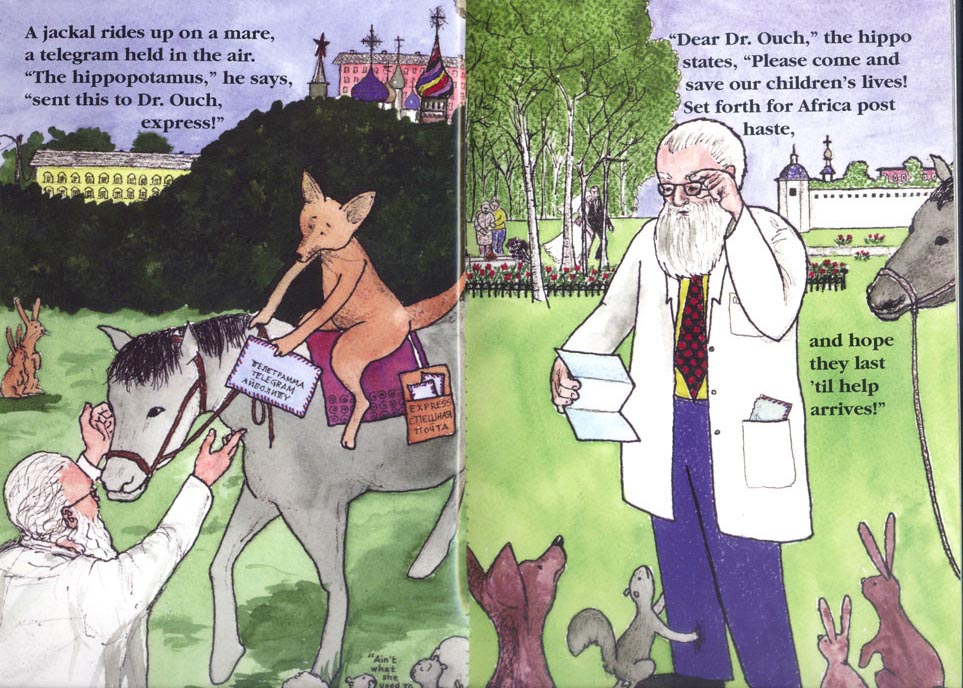
Dr. Bouveret and his wife had educated many nurses. Female nurses were very necessary for Muslim part of Essaouira’s society – Muslim women preferred to stay at home and didn’t want to leave it even for vaccination (especially terrific it sounds when you realize that there was a threat of smallpox).
When the Doctor had retired he turned his own house to a private clinic. And he cured everyone who was coming to him for free – either rich or poor, either a Muslim or a Jew, or a European. I think now you have no doubts, why ctitzens began to suspect that M. Bouveret was not a man but a covert Saint. When the Doctor died in Mogador (that became native to him), Muslims supposed that a koubba should be erected on the grave of such a Saint man.
Nevertheless Dr. Bouveret was buried at Christian cemetery. But his grave still remains in good condition. Nowadays in the former clinic of M. Bouveret there is a riad “Palais des remparts”: 31°30’48.6″N 9°46’19.1″W (31.513487, -9.771966). Guests of riad enter the same door that was entered by numerous people who were coming here in search of the help of the kind Doctor.

Modern history
As soon as Morocco became independent, the town was renamed to Essaouira. In 1967 (after the victory of Israel in Six-Day war at Sinai peninsula) Moroccan Jews started to leave Essaouira for Israel. In 2017 statistics states that only 3 Jews are living in Essaouira.
In 1960s-1970s hippies discovered the town and its beach as a great place for relaxation (well, one should admit – hippies had a good taste for nice places). Following hippies ordinary tourists started to visit the town. Since 1990s Essaouira is a popular tourist destination.
Since 1998 Essaouira hosts annual Gnaoua world music festival. And 2001 was the year to wake up for UNESCO and include Essaouira to the famous list as “an exceptional example of a late-18th-century fortified town, built according to the principles of contemporary European military architecture in a North African context”.
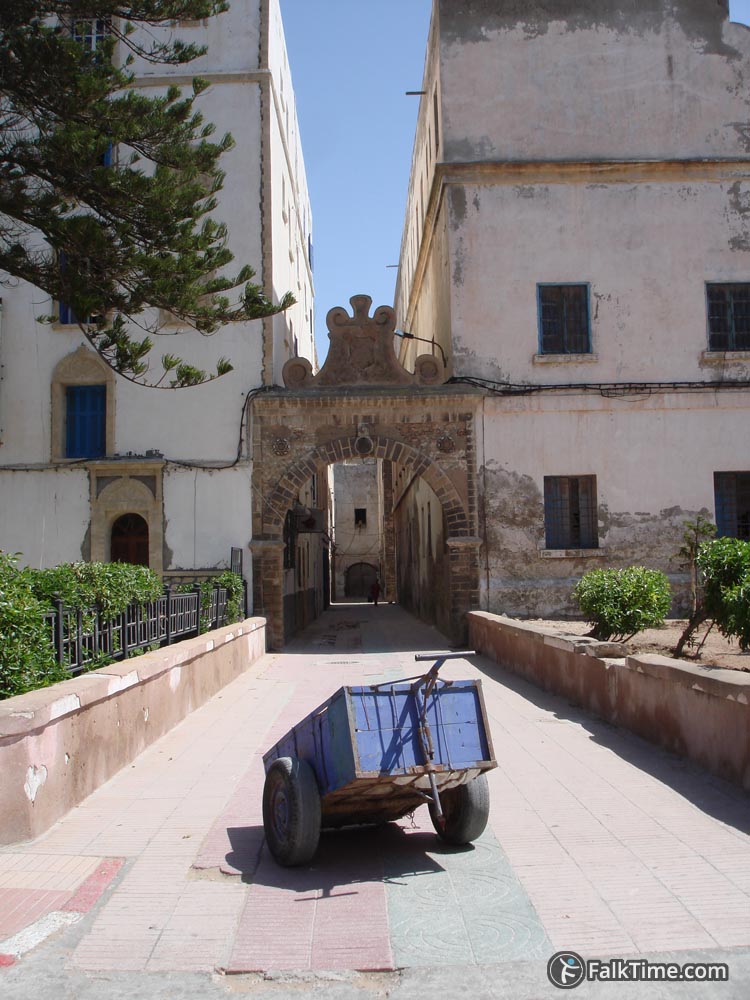



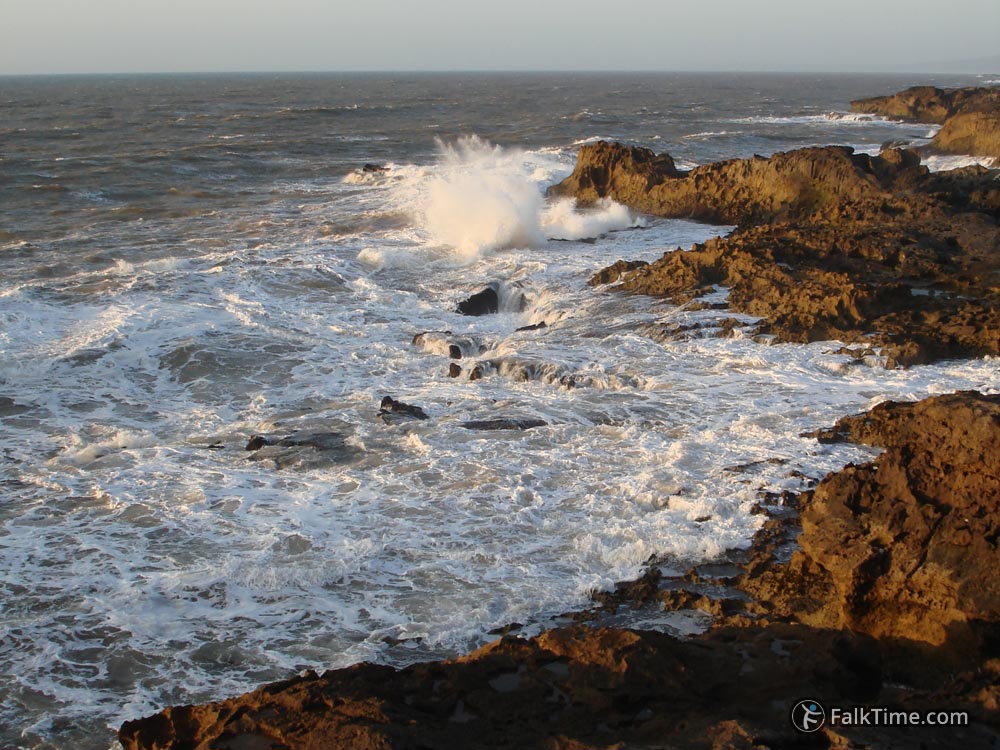
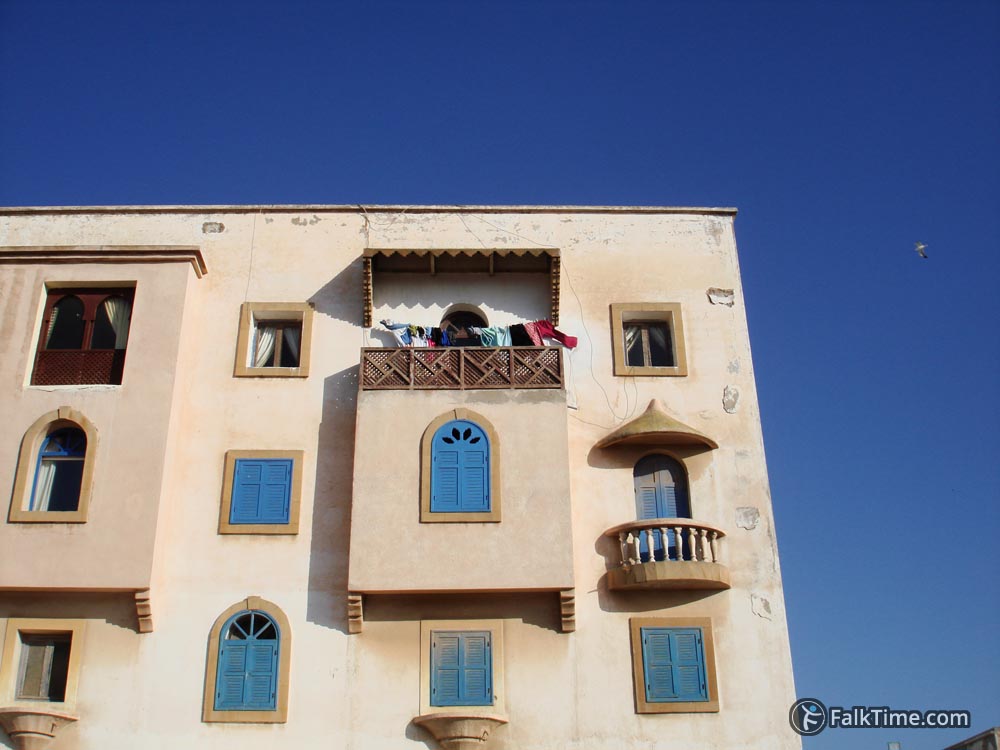
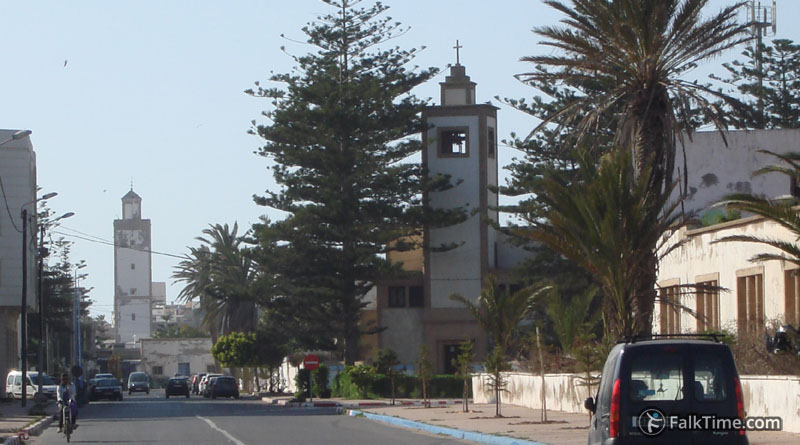



Map
Take Essaouira map with you – just click the star and it will be saved in your Google account. Any locations in this region that I will add later will appear on your map.


